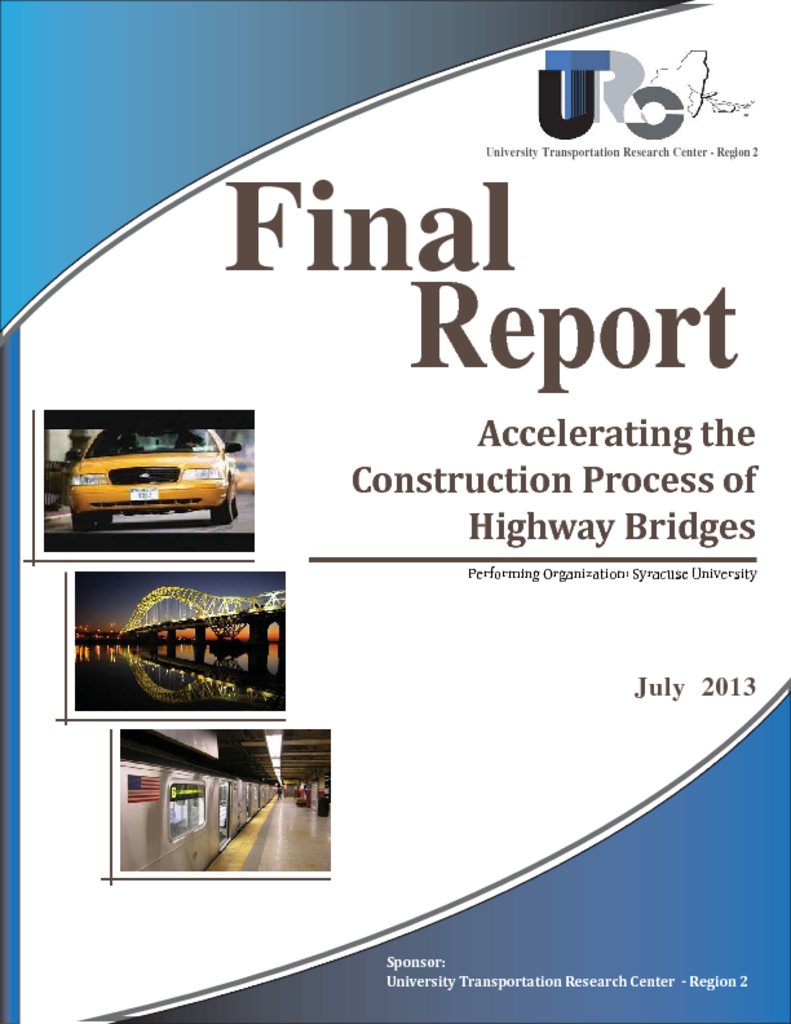Functional obsolescence and structural deficiencies of highway bridges are posing significant threats to commuters and transportation agencies throughout the United States. Recently, New York State Department of Transportation (NYSDOT) classified approximately one quarter of its bridges as functionally obsolete and one-eighth as structurally deficient. Highway bridges located in urban areas are especially at high risk of functional obsolescence as the aging highway systems in these areas face significant increases in traffic volumes. As a result of increasing needs associated with upgrades and repairs, the decision makers are urged to determine the best use of limited resources. In addition to mitigating risks that emerge from ordinary operating conditions, agencies also need to determine appropriate methods to reduce impacts of natural disasters and accidents as part of an emergency response system. Employing traditional construction methods for repair or upgrade activities may cause lengthy traffic disruptions, which results in high user costs and environmental impacts and raises issues of safety and congestion. Accelerated construction refers to project delivery methods that combine innovative construction techniques and contracting methods in order to reduce the environmental and socio-economic impacts of construction activities and to reduce the downtime of highway bridges.




